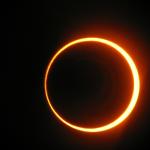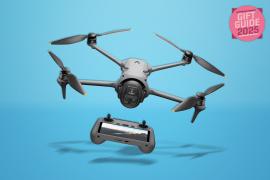How to: Shoot a solar eclipse
Set your alarms, and your your shutters to snap... the Moon's about to take centre-stage
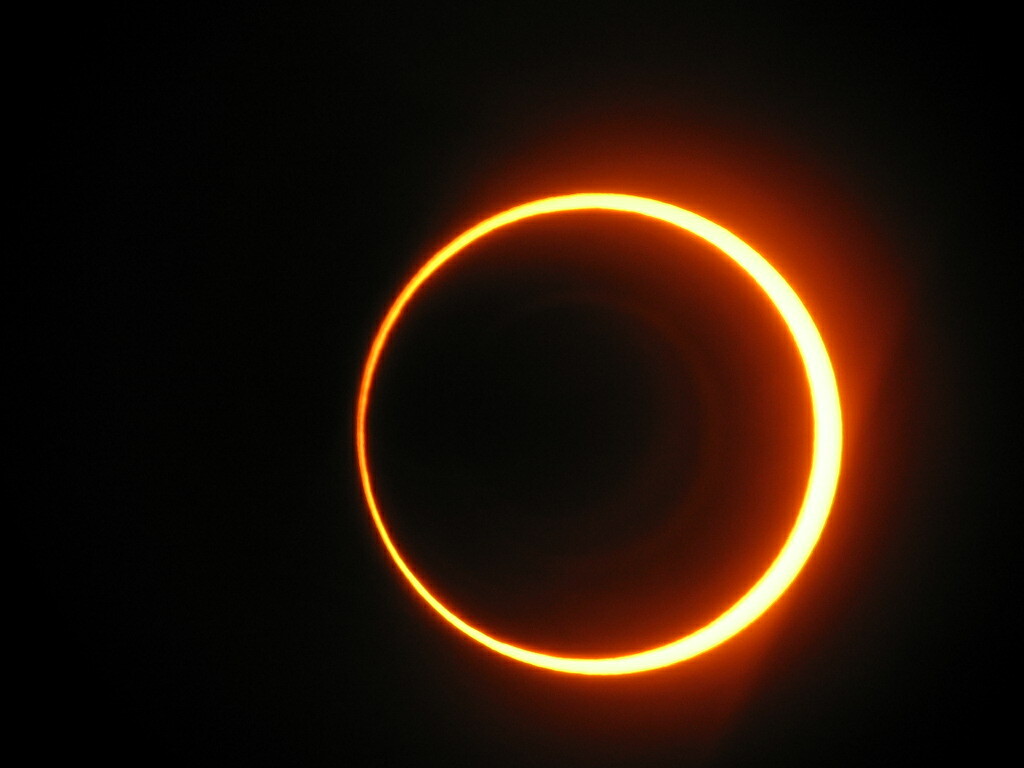
Today, the sky will go dark. “So, what,” we hear you ask, “that happens every night?” Oh ye of little knowledge: today, the sky will go dark in the middle of the afternoon. If you’re in America, anyway.
The solar eclipse – for that is the cause of this darkness – will be visible in the US from around 1300 to 1500 EST, peaking at about 1400 depending on your location.
On its unending quest to usurp the Sun as the most important orb in the sky, our Moon, like your mate’s brother on FIFA, is more talk than substance. The last full eclipse in Europe happened in 1999 (in the UK at least), and, with tell-tale inconsistency, the next total eclipsewon’t be until 2090.
This one’s also a partial eclipse in the UK, but given that the next big eclipse in the UK won’t be until 2026, you definitely won’t want to miss this one. And if you want to catch it on camera, you’d better move sharp. Fortunately, we’ve come up with a list of tips to help you out. Stick your batteries on charge and read on…
Image: Sancho Panza on Flickr
Use Protection
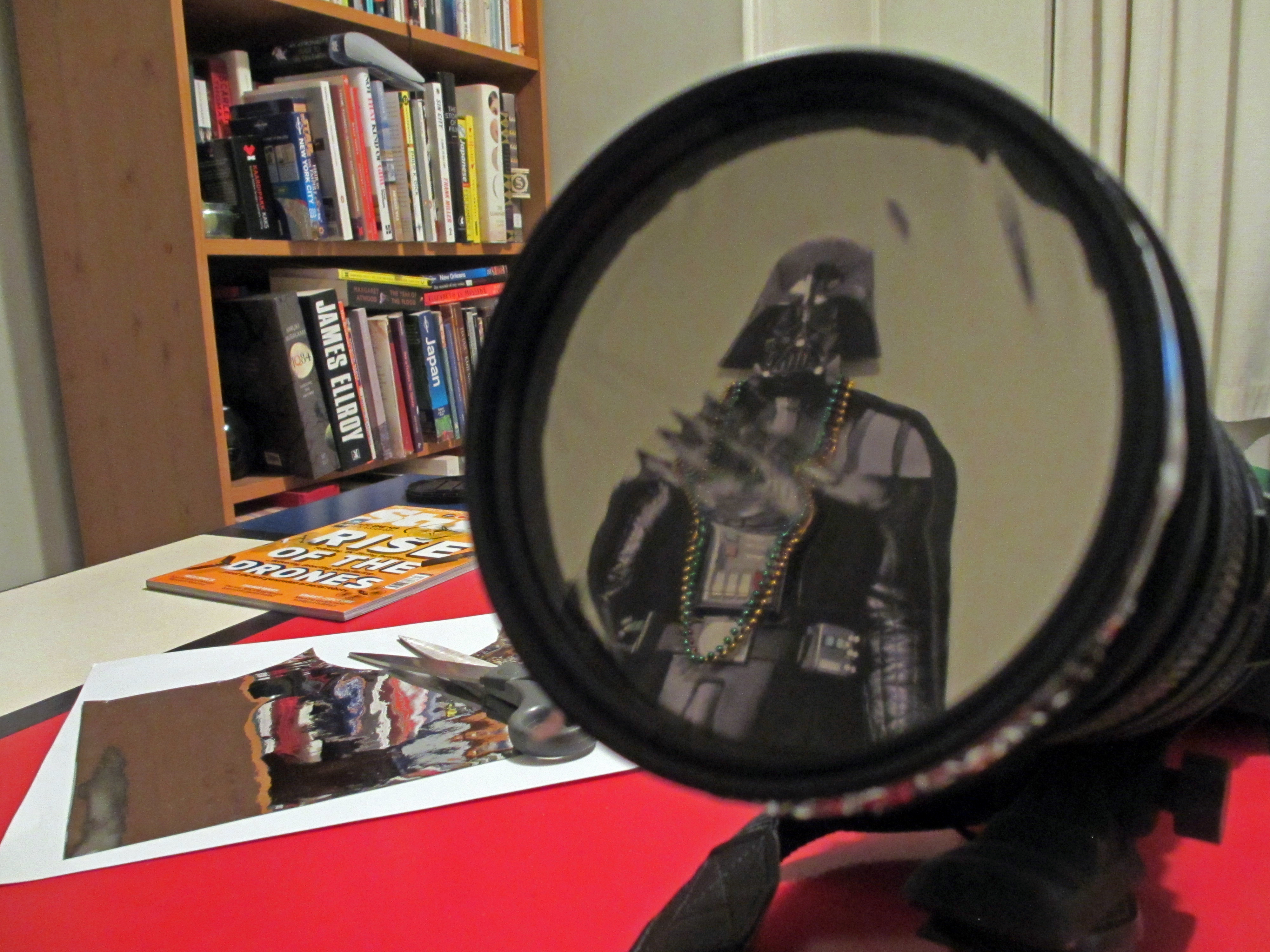
Safety first. Seriously. Do not look directly at the Sun, or you’ll toast your retinas and risk blindness. That’s right, kids: we’re going to talk about protection.
What you need is something that blocks out 99% of the Sun’s harmful rays. One of the best options is solar filter film, which you can put over the end of your camera lens.
It’s a super-thin shiny material that resembles the foil wrapper of a Kit Kat. We’ve gone for Baader’s AstroSolar Safety Film, but there are other brands. You should be able to find it at good camera and telescope stores, and not only will this protect your eye, but also your camera (sensors are sensitive, duh).
Failing that, you can use welder’s glass – the stuff that goes into a welder’s helmet. It should be available at DIY hardware stores, and you’ll want to look for shade 14 or higher.
Whatever you do, do not use sunglasses to protect yourself – they are not nearly strong enough to protect you. The same goes for CDs and crisp packets too. Even Space Raiders.
Tips for the eclipse
- The Sun, as ever, will be rising in the East: make sure your viewing spot has a clear view of the horizon
- Cloudy weather? Though the eclipse itself lasts only a few minutes, the event lasts about two hours, so you’ve got a fair chance of catching a glimpse through a cloud break
Accident prone? › Camera’s with a different kind of protection
Gear Up
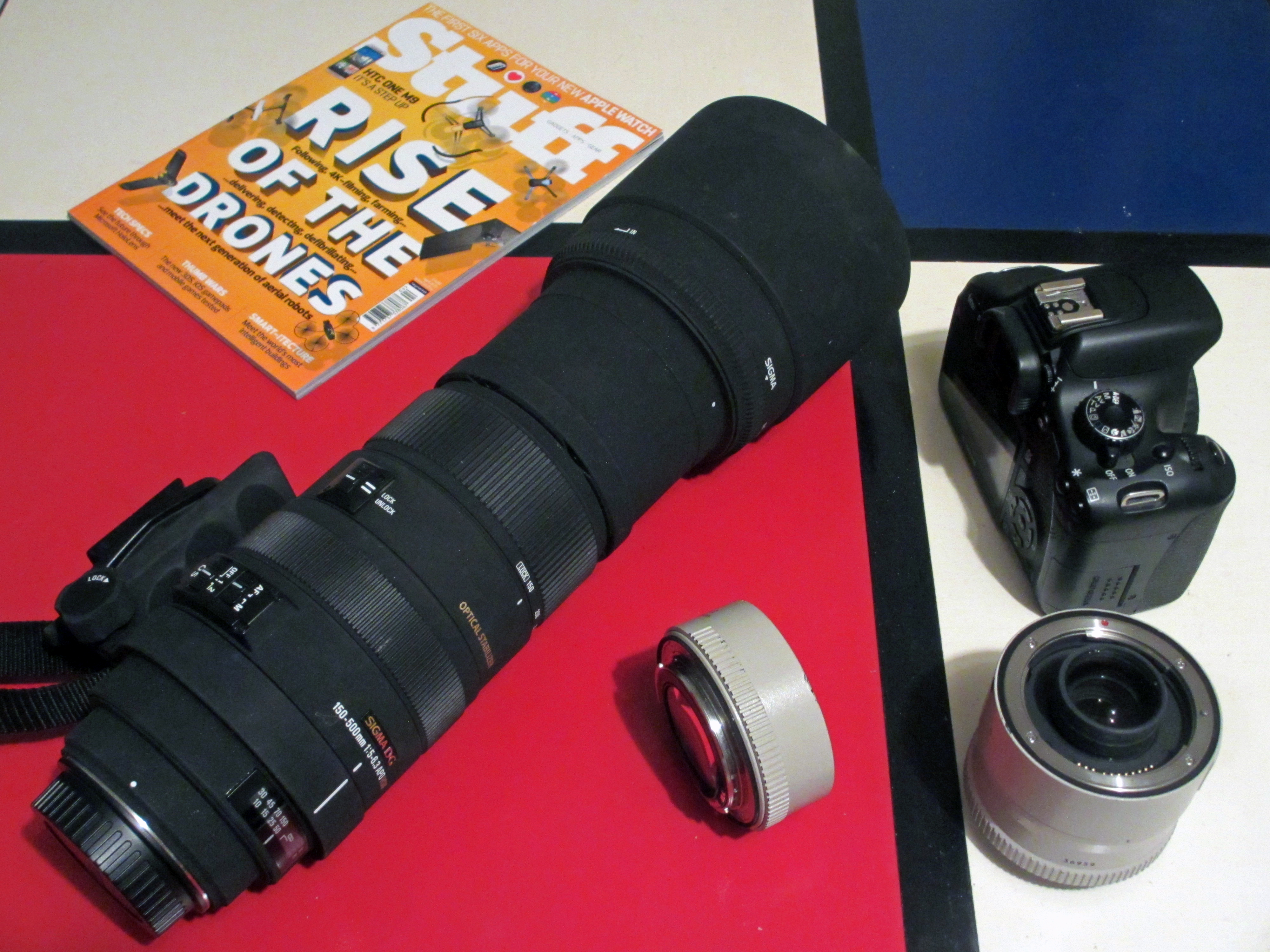
Now for the camera. You’ll need a DSLR, because they let you attach big lenses. And we mean BIG: you just won’t get the requisite level of reach with a pocket point-and-shoot.
We’re talking at least 500mm. You don’t need to fill the frame with the sun, because what happens around it can also look great, but you don’t just want the eclipse to be a tiny black dot in the distance either – otherwise it could be a seagull. Or some dust on your sensor.
Yes, big lenses are expensive, but rentals are fairly affordable. Alternatively, if you can’t get your hands on one, consider getting a teleconverter, which slots between your lens and camera to give you extra reach. These are a lot cheaper and more flexible in use than a single massive lens.
It’s also worth considering what type of camera you have. APS-C cameras have crop sensors, which make the most of telephoto lenses: attach a 500mm lens and you’ll actually be getting about 800mm of reach. Micro Four Thirds give even greater distance: the equivalent of 1000mm with a 500mm lens.
Stargazer? › Meet the camera designed for shooting stars
Take time to set up
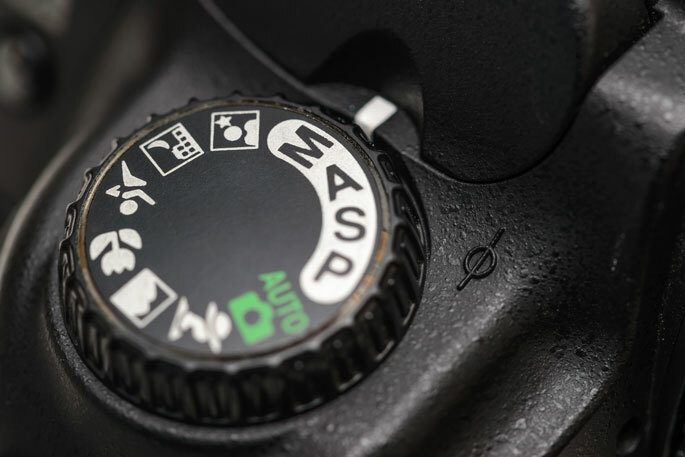
There’s no concrete rule about camera settings for an eclipse: they’ll very much depend on what the weather is like on the day.
In the UK, that can mean anything. Your best bet? Get up a little earlier and do a dry run on an un-eclipsed sun.
Take a series of shots using every shutter speed from 1/4000 second to 1/30 second. Choose an aperture between f/8 and f/16. You can use any ISO, because the sun will give off plenty of light, but lower ISOs will give you better colours and less noise.
It’s worth bearing in mind that autofocus may not cooperate with a solar eclipse. You don’t want to get blurry images at the last minute, so tinker with manual focusing when you do your test shots.
Not a fan of settings? › Galaxy S6 Camera will do the thinking for you
Support yourself
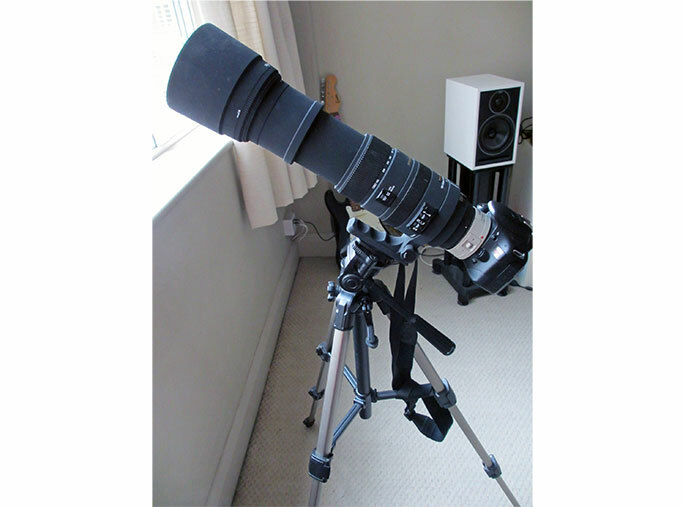
So, you have your camera all set up. You’ve got a massive zoom, and maybe an extender on top of that. You’re ready to shoot. But your target is very small and very far away, and every tiny movement is enough to cause a blurry image. This is where your Call Of Duty skills come in: as Confuscius may or may not have said, "You must think like a sniper."
Get yourself a tripod. Sure, you can prop yourself up on a window ledge, but that won’t stop your shot being ruined by something as simple as clearing your throat. Like Dr. Grant facing a T. Rex in Jurassic Park, you want to lock down your movements as much as possible, and that means using a ‘pod.
Even then, the tiniest movements could affect the sharpness of your shot. Don’t slam down your shutter button – squeeze it. Controlling your breathing helps. Don’t take a deep one and hold – imagine you’re doing pilates on a Caribbean beach: breathe naturally and shoot near the end of an exhale.
If this is starting to feel a little ridiculous, just set your camera to a two-second timer. Or better still, use a remote trigger.
Mr Wobbly hands? › Tripods of all shapes and sizes
Get arty
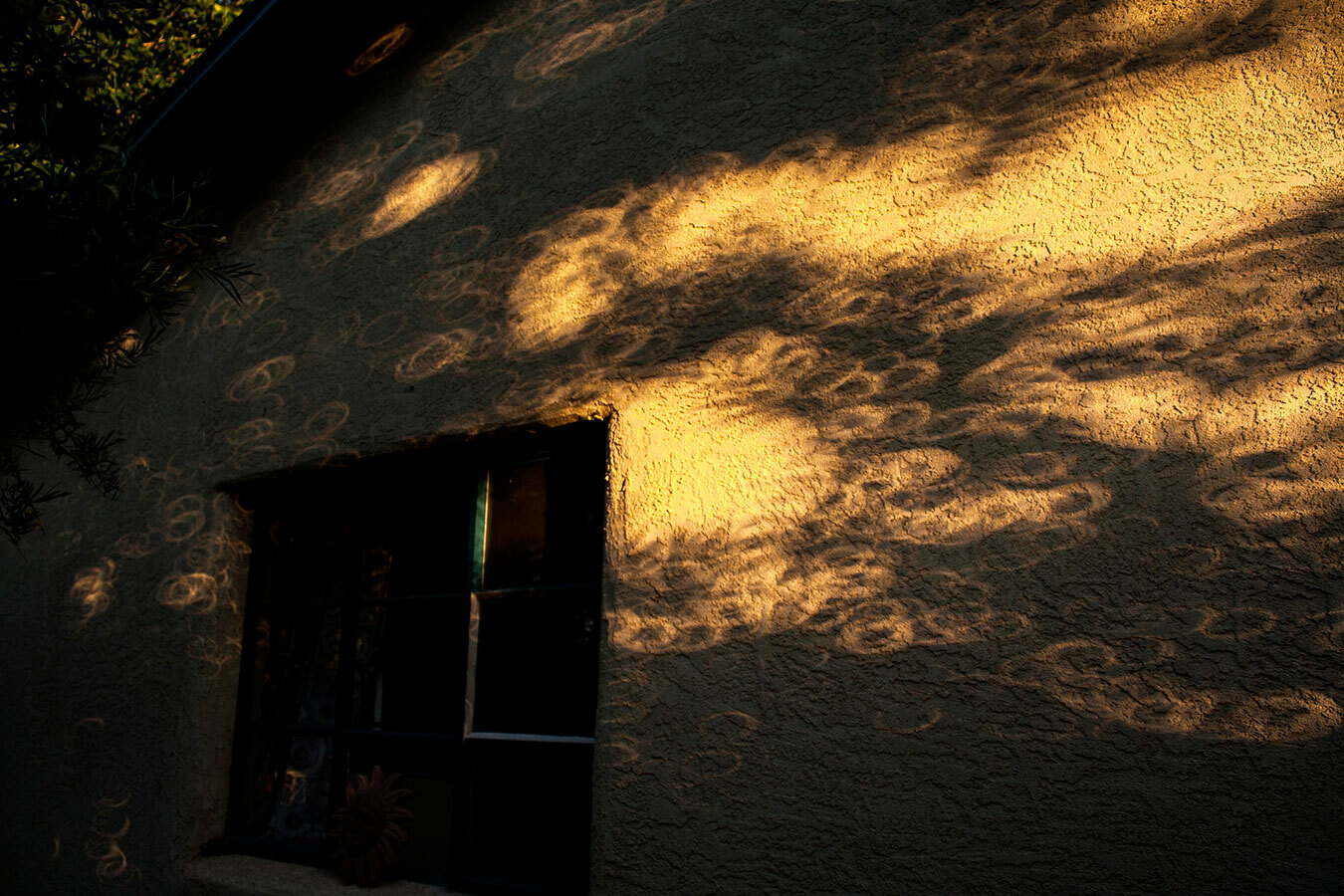
Of course there will be those you who don’t have a telephoto lens or can’t get solar film or don’t have a DSLR or indeed a dedicated camera of any kind. But that doesn’t mean you can’t photograph the eclipse. You just need to get creative.
So, you could try taking photos or the sun’s reflection in a pond with your cameraphone. Or you could make a pinhole camera and photograph the projection from that. Or take a photograph of a completely different subject but in eclipse light.
The important thing – and we really must emphasize this one more time – is that YOU DO NOT LOOK DIRECTLY AT THE SUN.
Oh, and we should mention one more thing: it’s probably going to be covered in cloud anyway. Ho hum. Maybe bookmark this article for 2026.
Image: Feverblue on Flickr
